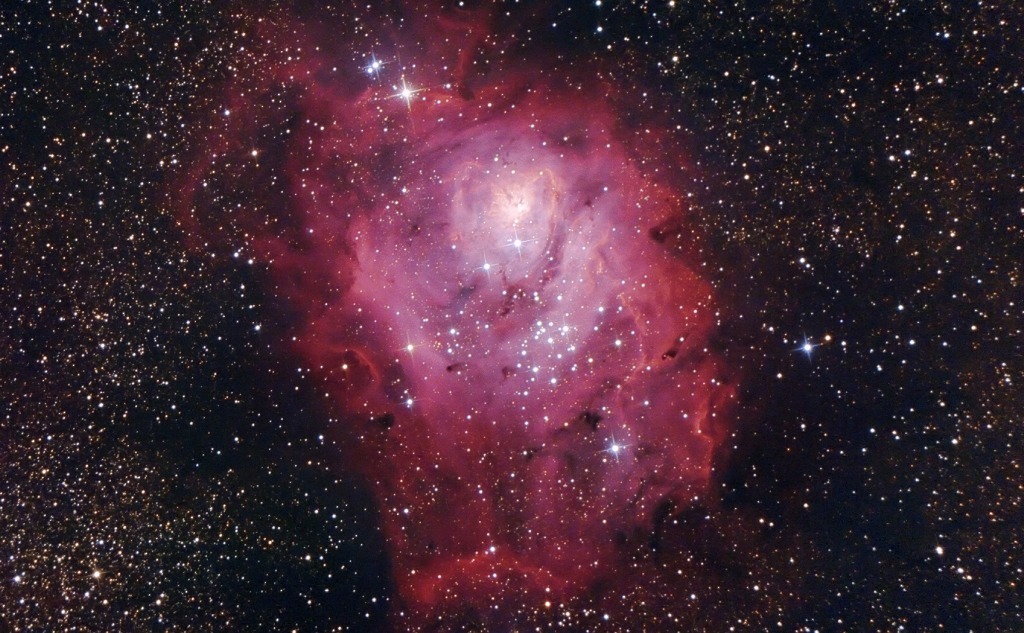These are facts about the Lagoon Nebula.
Lagoon Nebula can be seen without any optical aids at magnitude 6.0.
So if you want to learn about the Lagoon Nebula, then this article is for you.
Let’s jump right in!
The Lagoon Nebula
Despite its pleasant name, do not be fooled. The Lagoon Nebula (also known as Messier 8 or NGC 6523) is anything but a tropical paradise.
On the contrary, it is what we call an emission nebula or HII region.
The Lagoon Nebula lies at a distant 4,100 light-years away in the constellation, Sagittarius, the archer.
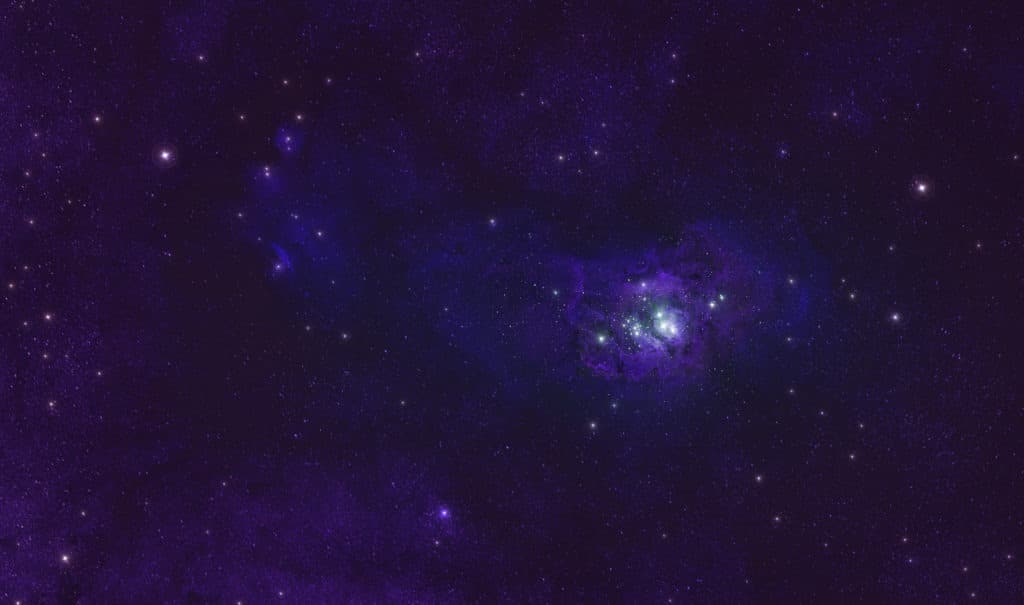
A distance of 4,100 light-years may seem relatively small compared to other known deep space objects.
However, this still a staggering 24 quadrillion miles away from Earth.
First documented in 1654 by Italian astronomer Giovanni Hodierna, the Lagoon Nebula is one of the few nebulas visible with the naked eye.
Naturally, sky conditions must be relatively perfect for observing this nebula without a telescope or binoculars.
Lagoon Nebula’s Appearance
The Lagoon Nebula is what astronomers call an emission nebula or HII region.
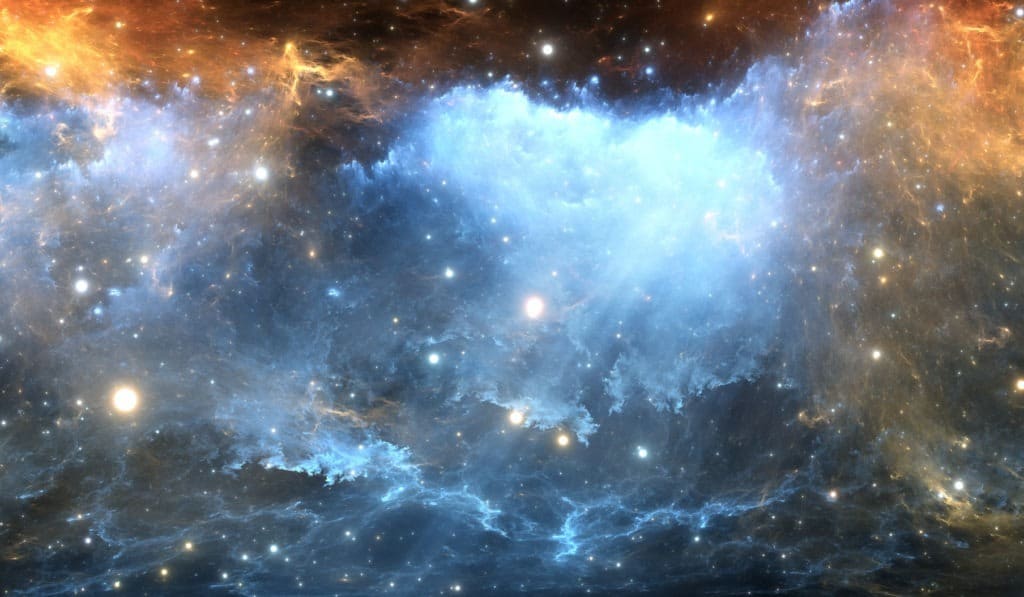
These are regions of ionized gas that glow in various colors depending on their wavelength.
For instance, the Lagoon Nebula appears as a reddish hue created by ionized hydrogen’s wavelengths.
Like most emission nebulae, the Lagoon Nebula has several dark patches. So, it looks as though there is no light. But, these dark regions (or dark nebula) are actually clumps of thick dust that prevents us from seeing the light behind them.
The Lagoon Nebula gets its name from the darkened “lane” shaped like a lagoon.
This lagoon-Esque feature sits above a bright, prominent Hourglass region in the nebula’s center.
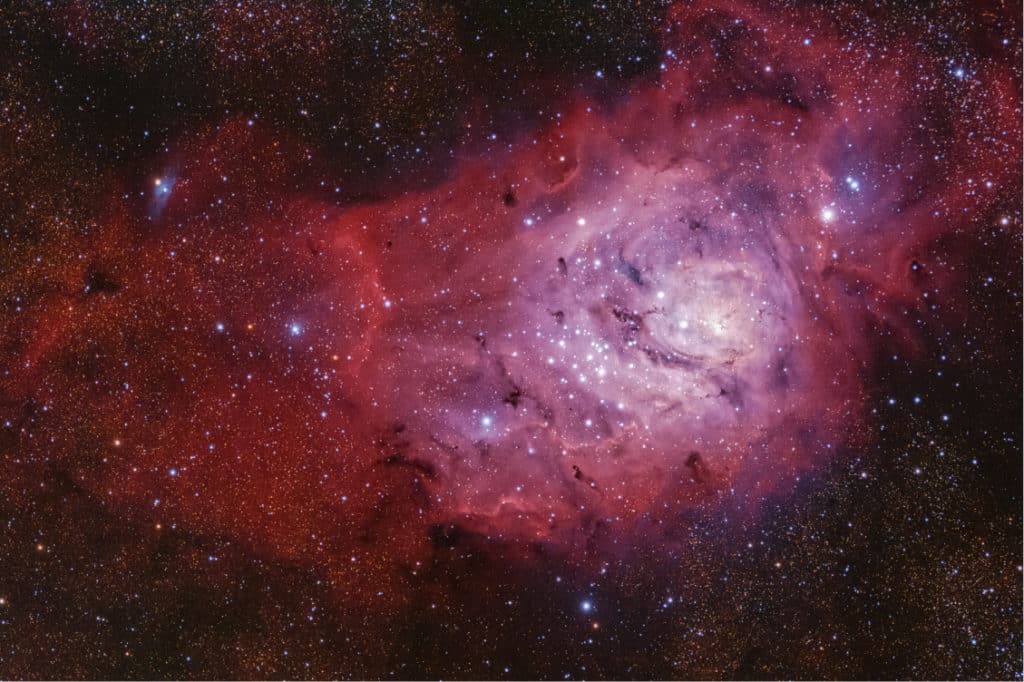
Ultraviolet light from a nearby hot star heats the nebula’s surface gases and ionizes them. This ionization causes a notable tornado-looking funnel structure.
The Lagoon Nebula is among the brightest features in Sagittarius. This comes from its large size, star-forming functionality, and bright gases.
Seeing the Lagoon Nebula
Like nearly all nebulae, the Lagoon Nebula will appear gray through a telescope or binoculars.
Our human eyes are not sensitive enough to see some or any colors over great distances.
Plus, gases like hydrogen in the nebula are not in the visible spectrum for our eyes without special equipment.
Under tremendously clear sky conditions, the Lagoon Nebula can be seen without any optical aids at magnitude 6.0.
Because of its brightness and large size, this nebula will have a diameter 2-3 times as wide as the full Moon. So, of course, it will appear as a faint smudge.
The nebula Binoculars will reveal a smudge-like oblong shape. However, little to no detail will be decipherable.
Through small to large telescopes, detail can easily be seen. For example, brighter star clusters may be easily observed in decent sky conditions.
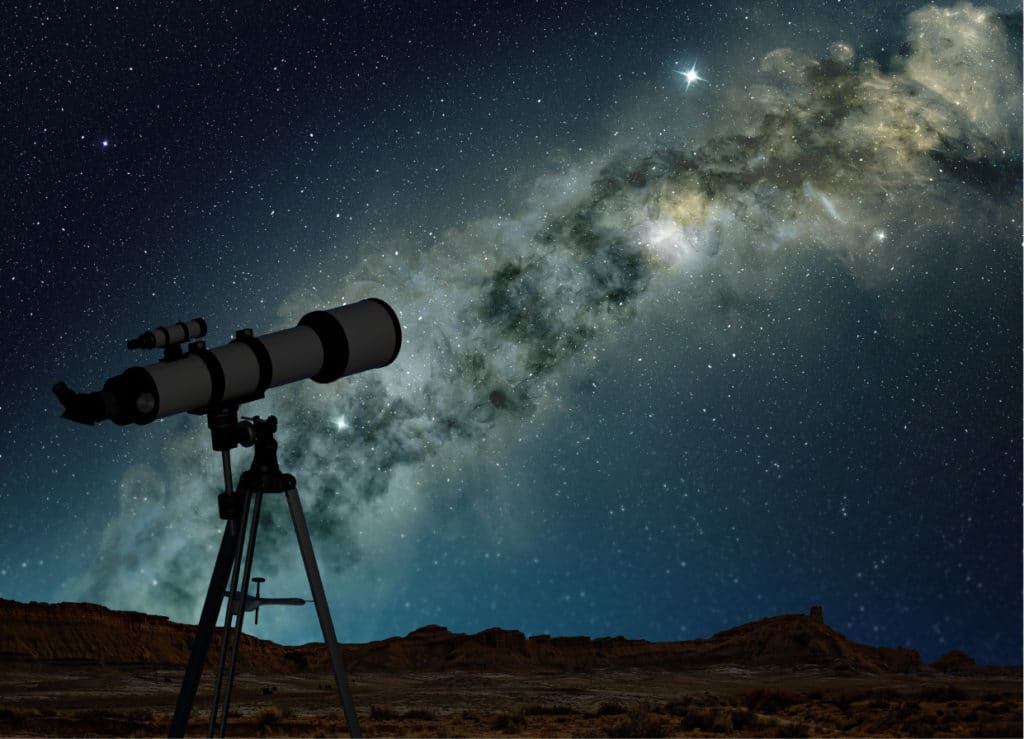
Larger apertures (8″ or higher) will reveal the bright inner “hourglass” region, as well as the dark lane above the center.
Larger scopes under exceptional skies may even pick out some of the dark dust regions.
This nebula is best to observe from summer through fall. Also, low-power eyepieces are recommended to fit this exceptionally large nebula entirely in your view.
